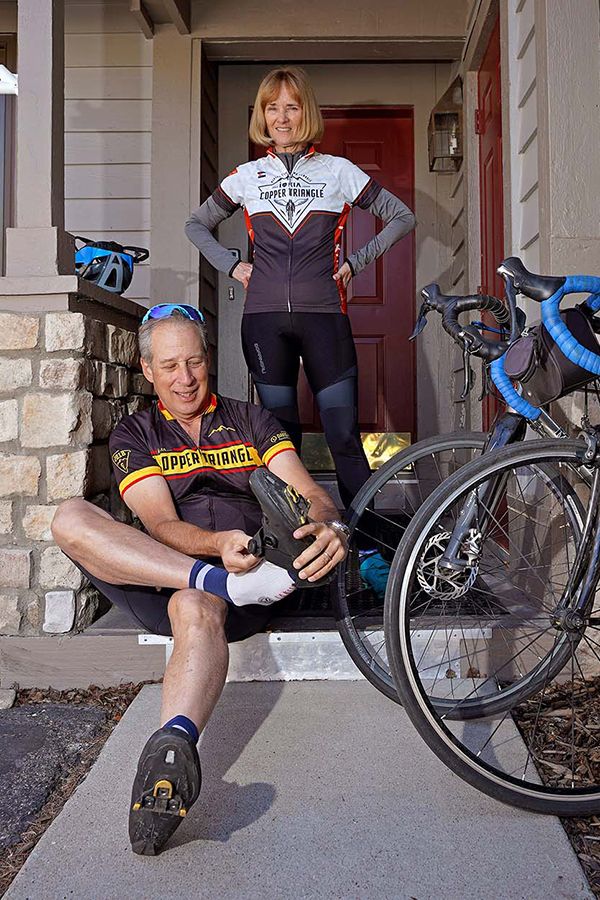Assessment Process & Findings
By reviewing their monthly utility bills, home energy analyst Mark Anderson identified that the townhome’s electricity and gas use was almost two times more than the average (often inefficient) Summit County home.
While a blower door test was performed to depressurize the home, Mark used an infrared camera to see the temperature differences in walls, ceilings and floors throughout the home. As 61% of the air exchanged each hour with outside air under natural conditions, the home was considered “very leaky.”
The infrared images showed warm air in their home escaping out of the fireplace, around doors, through recessed lighting, bath fans, and exterior wall outlets and switches, as well as around the crawlspace hatch and air ducts – many places Mitch says he never would have guessed.
Recommendations
Air leakage is the number one energy problem in most homes. Air typically enters low in a home and escapes up high. Air sealing and insulation improvements were recommended to Mitch and Anne as some of the most cost effective improvements a homeowner can perform to increase comfort and reduce utility costs.
“I would tell all our neighbors to get an energy audit. Your investment makes your home more livable, comfortable, and energy efficient.”
– Mitch Herr, Copper Mountain
Project Costs
The homeowners invested roughly $2,900 in air sealing and adding insulation in all the accessible recommended places.
$1,450 in rebates awarded by High County Conservation Center and Xcel Energy covered 1/2 of the improvement costs.
Energy Efficiency Savings
The energy efficiency improvements produced an estimated annual savings of $606 on energy and utility costs – translating to a lifetime savings of 22 tons of CO2.






